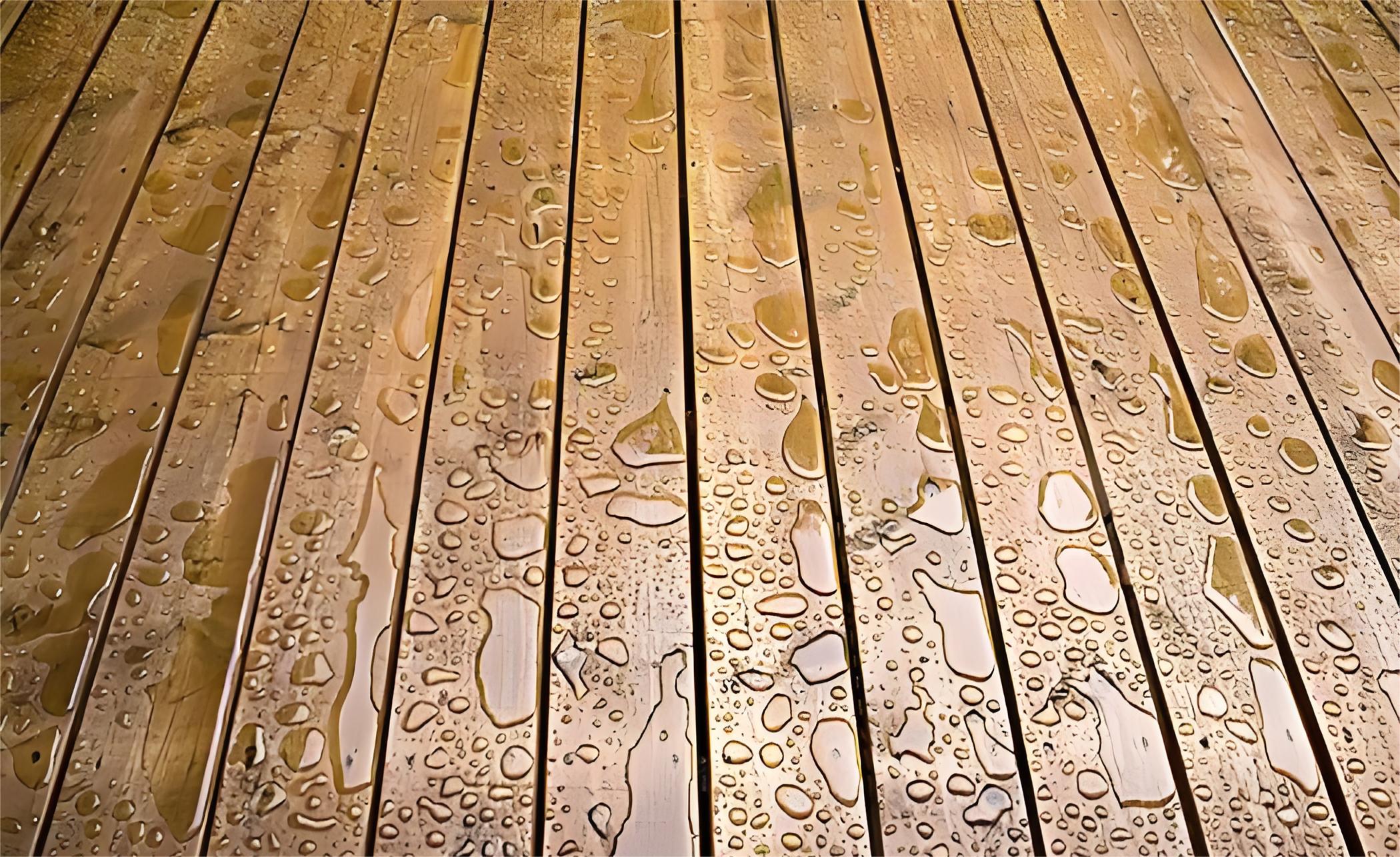As a kind of water-based glue, white glue mainly forms adhesive force by evaporating the water inside the glue and penetrating it into the base material to produce glue nails. It is mainly used in wood processing plants and printing and packaging. During the production process, the curing speed of white glue will affect the efficiency of on-site production and the effect of the process. Therefore, the curing speed is also a matter of concern to most people.

Let me share with you the main reasons for the slow curing speed of white glue and the corresponding solutions:
Reason 1:White glue has low solid content
First of all, the main ingredients of white glue are synthetic emulsion and water. If the solid content of the glue you choose is low, the corresponding moisture content will inevitably increase, which will cause the water to evaporate longer, resulting in a slower drying speed of the glue.

If you want to solve this problem from the perspective of the glue itself, you can consider communicating with the manufacturer and replacing it with a glue with a low moisture content. However, you must also consider the corresponding bonding performance. You cannot focus on the speed of curing, thereby affecting the bonding strength.
Reason 2: The air humidity in the environment is high
Because white glue itself contains water, white glue also needs to evaporate its own water when drying. Therefore, if the air humidity in the environment is high, it will also cause the glue to evaporate for a longer time, causing the glue to dry slowly. If furniture manufacturers want to solve this problem, they can consider using a dehumidifier or performing bonding production in a drier production workshop.

Reason 3: The ambient temperature is too low
The curing speed of white glue is not only related to the ambient humidity but also has a great relationship with the temperature of the environment. In the cold winter, the low ambient temperature will also affect the slow evaporation of water in the white glue.

Therefore, you can consider using a heating lamp to heat the glue application area or adding a heater to increase the ambient temperature; qualified manufacturers, You can also consider setting up a constant temperature workshop to ensure the best bonding effect.

Reason 4: The moisture content of the substrate is too high
if the bonded wood has just been taken out of a humid storage environment or has not been dried, the moisture content of the base material itself will be too high. This will also easily cause the white glue to be unable to penetrate the base material, affecting the glue’s performance. Drying speed. Therefore, we recommend that furniture manufacturers check the moisture content of the wood before bonding. The normal moisture content of the wood is 8-12%.



